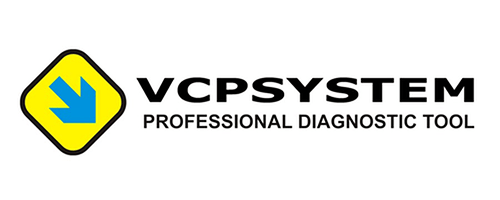Crankshaft Position Sensor
The crankshaft sensor reports the engine speed or angular position of the crankshaft to the engine control unit.
It is also called the crankshaft position sensor or engine speed sensor because it informs the engine control unit what position the number 1 piston is in.
The crankshaft speed sensor determines the position of the piston.
But it does not know what time period it is in. By this we mean that the piston can move to top dead center during both compression and exhaust.
The crankshaft speed sensor only tells the engine ECU at ECU that the piston is moving up.
The camshaft position sensor reports at which period it is. So, these two sensors are working simultaneously and in harmony.
The crankshaft sensor receives the signal from the gear or flywheel on the crankshaft.
This situation varies depending on the engine. Before we explain the types of sensors mentioned below, it is important to explain the tasks of the crankshaft sensor to understand the subject.
What is the purpose of the crankshaft sensor?
The crankshaft sensor generates a signal with the rotation of the crankshaft and sends a signal to the engine control unit.
Based on this signal, the engine control unit controls the actions that allow the engine to operate as follows.
It is responsible for controlling fuel injection in diesel and gasoline engines.
The fuel injection starts and injection timing is adjusted based on the information that the engine control unit receives from the crankshaft sensor.
It is used to determine ignition timing and advance in gasoline engines.
It is used to adjust the valve opening times of engines with variable valve timing, such as VVT-i or VTEC.
It also does this job in vehicles with automatic transmissions, as gear changes are made to match the shift.
It also helps to adjust the turbocharger pressure.
Types of crankshaft sensors
Magnetic crankshaft sensor: this sensor has no power supply, it has a magnet in its structure and the voltage signal formed by the magnetic field change is transmitted to the engine control unit ECU.
Hall effect crankshaft sensor: this sensor has a supply voltage and transmits signals (digital square waves) to the engine control unit ECU with a semiconductor plate in its structure.
1. How does a magnetic crankshaft sensor work?
The magnetic crankshaft speed sensor contains a permanent magnet and a coil wound around it. In this way, the magnetic crankshaft speed sensor generates a voltage when the magnetic field changes.
There is a gear group in the form of a wheel on which the sensor reads the value. There is a missing gear on this wheel and this missing gear creates fluctuation in the magnetic field.
This fluctuation causes a voltage change (signal) in the crankshaft sensor. When the tooth of the signal wheel passes in front of the crank sensor, the sensor produces a positive (+) signal, and when the empty tooth part passes, the sensor produces a negative (-) signal.
What is a crankshaft sensor gear and what does it do?
The backlash of the gear changes the signal from the crank sensor so that the angular position of the crankshaft and the engine speed are detected and sent to the ECU.
2. How does the hall effect crankshaft sensor work?
Hall effect crankshaft speed sensor generates digital signals thanks to the magnetic circuit inside.
The principle of operation of the Hall effect is based on the fact that a semiconductor plate through which an electric current flow is cut by a magnetic field, resulting in an electric voltage across the plate.
In the Hall effect crankshaft sensor, there is also a semiconductor plate inside the sensor that is powered by the engine control unit ECU.
The tip of the sensor normally faces the signal disc on the flywheel side. Inside the signal disc, permanent magnets are arranged as N and S poles.
When the crankshaft rotates, the permanent magnets passing in front of the crank sensor generate square wave voltage signals from the sensor.
As with the magnetic sensor, a gap is left in the disc for the permanent magnets in the Hall effect sensor, this gap generates the reference signal.
3. How do you detect a crankshaft position sensor (Rev) failure?
While driving, the vehicle suddenly stops, or the vehicle stops and restarts, but the tachometer on the display does not work.
When you operate the starter motor, the engine does not start or it does not operate strongly and exceeds certain speeds.
If you connect and examine the vehicle with a diagnostic device, it will display one or more of the fault codes P0335, P0336, P0337, P0338, P0339.
If the crankshaft sensor fails, check the connectors first. Corrosion or looseness in the bushings may have caused the malfunction.
Therefore, check the sockets and the cable connections for damage.
The sensor should not be replaced directly because the sensor is faulty, but the sensor readings should be examined using an oscilloscope.
Also, the installation checker should be used to see if there is a break in the installation.
The detection and repair of the crankshaft sensor and other sensors is carried out in Adana Nitro Mekatronik workshop.























